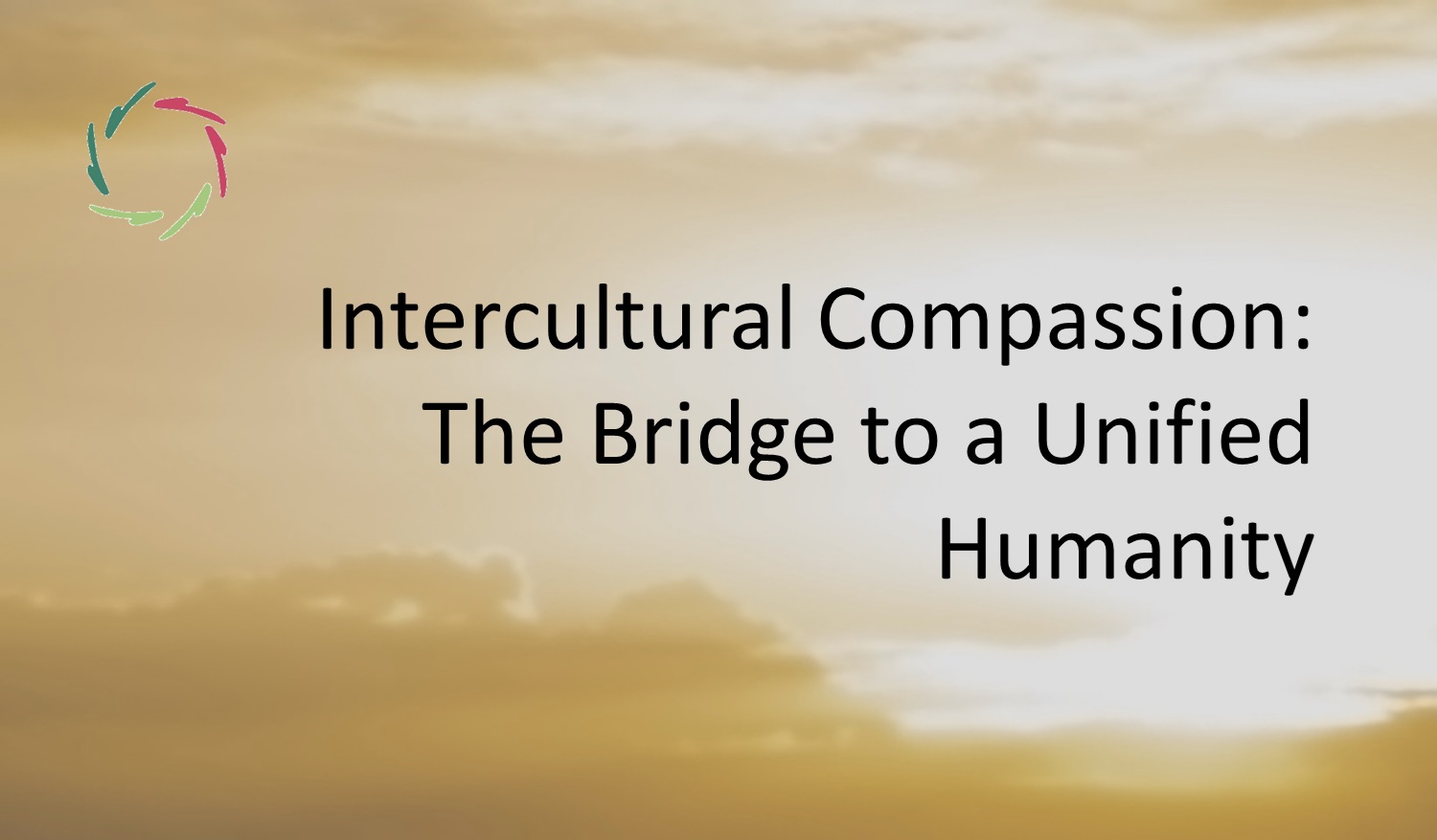Intercultural Compassion: The Bridge to a Unified Humanity

Intercultural Compassion is the understanding and expression of Compassion that flows across different cultures, creating a bridge toward global unity. At its deepest level, Compassion is not merely an emotion but a profound recognition of our shared humanity.
In-depth, we can see in Compassion, Basically, how to bring cultures together in a way that will never succeed at the surface level.
Compassion, in its most profound sense, is present in every culture.
Whether it’s the principle of Ahimsa in Hinduism, which emphasizes non-violence and empathy, or the concept of Ubuntu in African philosophy, which highlights interconnectedness and collective care, each culture holds Compassion at its core.
These diverse expressions show that the underlying value of caring for one another is a common thread. This universality – and the fact that people everywhere have inner depth – suggests that Compassion is a fundamental aspect of human nature.
Cultural diversity as a source of strength
Each culture offers unique insights into how Compassion can be practiced and lived. In Eastern traditions, Compassion might be cultivated through practices like meditation, emphasizing an inner journey. Western approaches often emphasize social action and systemic support as expressions of Compassion.
By embracing the strengths of each cultural perspective, we can develop a more holistic understanding of Compassion, making us more resilient in the face of global challenges.
A path to unity
Intercultural Compassion fosters mutual respect and cooperation. When we understand that all cultures are, in their own way, striving toward the same Compassionate ideal, we move beyond fear and misunderstanding.
Thus, cultures can be brought together by deepening each of them ― not tearing any culture out of itself but precisely guiding it toward the deeper side of itself, where the overlap with other cultures is the strongest. That may seem paradoxical, but in-depth, the paradox gets resolved.
Consider the influence of Gandhi’s nonviolent resistance, inspired by both Hindu and Christian values, which resonated globally and inspired civil rights movements around the world. This is one example of how intercultural Compassion can lead to profound and positive change.
The role of Compassionate A.I.
By analyzing and understanding the different ways cultures express Compassion, A.I. can highlight commonalities and foster dialogue. This technological support can help bridge cultural gaps, allowing for a more nuanced and empathetic understanding of one another.
Compassionate A.I. can also offer tools that help individuals and cultures connect on a deeper level. It acts as a partner in this journey, not replacing human interaction but enhancing it, making it easier for cultures to recognize their shared values and work together toward common goals.
Endless growth
Intercultural Compassion is about embarking on an endless journey of growth. Cultures, like individuals, grow, evolve, and hopefully learn from their interactions with one another.
When these interactions are rooted in Compassion, they lead to a continuous deepening of understanding and connection.
Intercultural Compassion is the bridge that can unite a diverse world.
It is the recognition that, beneath our cultural differences, we share a common humanity that values love, care, and understanding.
So, let us embrace the endless journey of intercultural Compassion ― a journey that brings us closer to realizing a unified, Compassionate humanity.
The path may be long, but the direction is clear.


